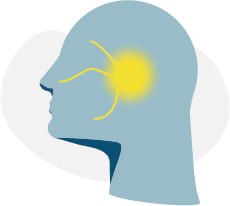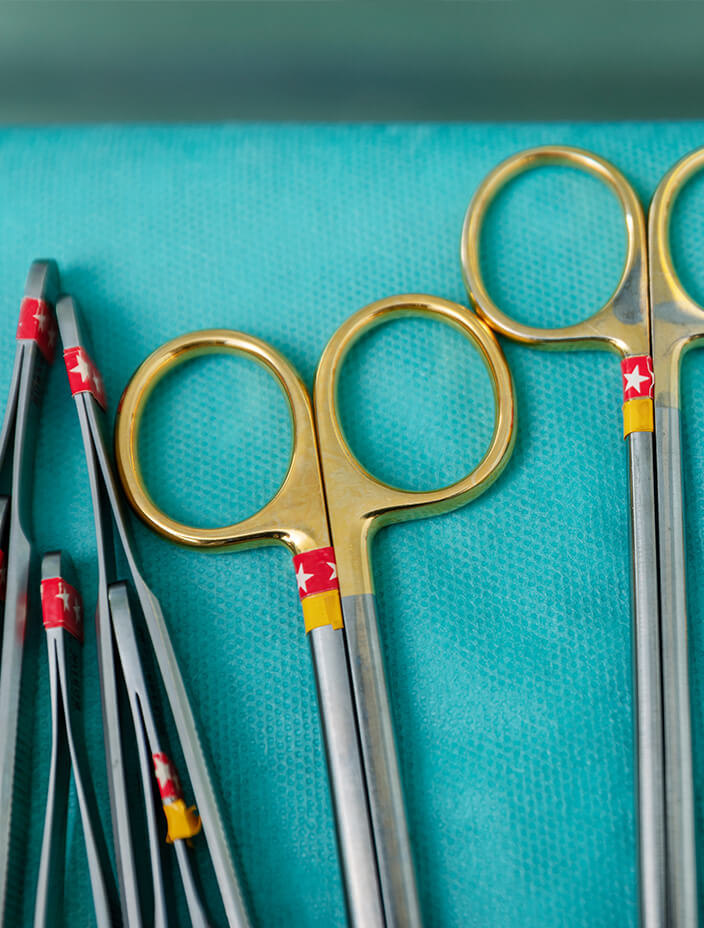SYMPTOMS
The main symptoms of trigeminal neuralgia are attacks of sharp, stabbing pain, lasting from a few seconds to two minutes. These are very intense and can be produced spontaneously by various natural actions of the patient, such as talking, laughing, chewing, swallowing, brushing your teeth, or just brushing your face against something.
Since it is intense pain that can be so easily triggered by normal activities, this condition can seriously restrict the patient's life if it recurs throughout the day. There have even been cases of patients losing weight because they avoid eating and drinking for fear of the pain it might cause.
DIAGNOSIS
Not all sudden pain in the face is necessarily caused by trigeminal neuralgia. To diagnose it correctly, it is important for medical professionals to rule out other conditions that can generate facial pain, such as dental problems, problems in the nostrils or eyes, muscle tension in the neck area, headache, or diseases affecting the maxillary joint.
If trigeminal neuralgia is considered to be the most likely reason for pain, the doctor will need to determine whether it is classic or symptomatic neuralgia, that is, whether it has appeared as a consequence of another disease.
For this, it is usual to do an MRI of the patient’s head with which it will be possible to check if there is damage to the nerve, if there is a tumor or if there are signs of other diseases such as multiple sclerosis.
At Instituto Clavel we have a team of professionals with extensive experience and the latest technology to guarantee a correct diagnosis, with a process that is as simple as possible for the patient.


